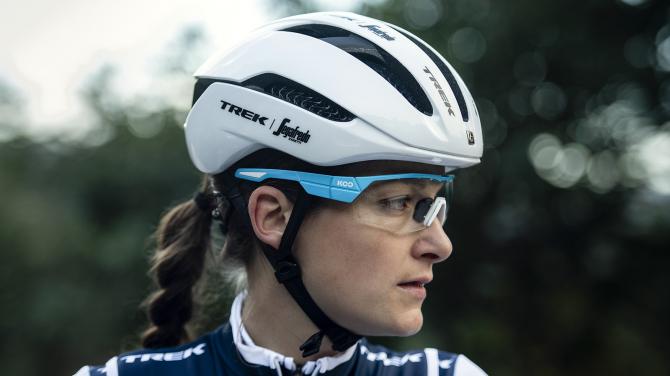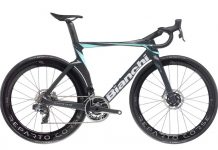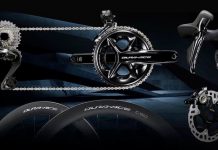Bontrager has announced an exclusive partnership with WaveCel, the makers of a unique polymer structure the claims to protect against the forces experienced in a crash better than any other safety technology currently on the cycling market.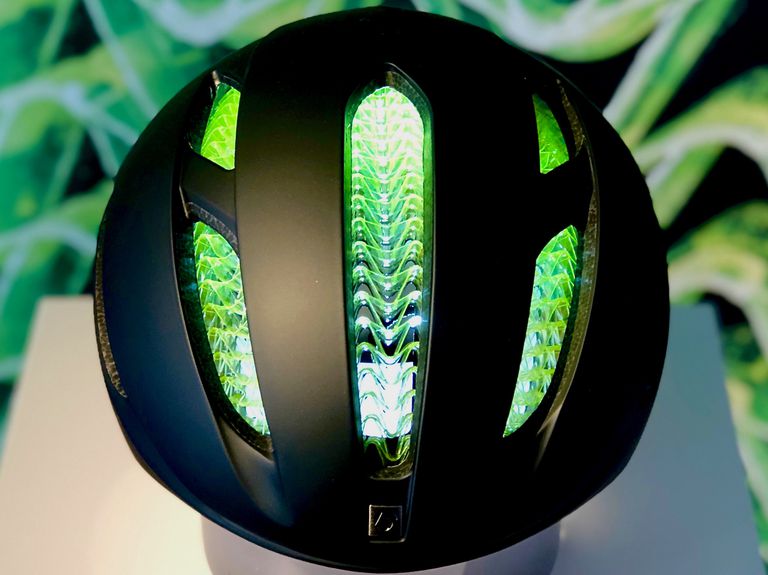 According to Bontrager, its new WaveCel technology comprises a 15mm-thick grid of layered polyester that’s designed to absorb impact like no other material.
According to Bontrager, its new WaveCel technology comprises a 15mm-thick grid of layered polyester that’s designed to absorb impact like no other material.
The company says that a helmet with Wavecel will prevent a concussion 99 out of 100 times. A standard foam helmet, for comparison, will only prevent a concussion 42 percent of the time.
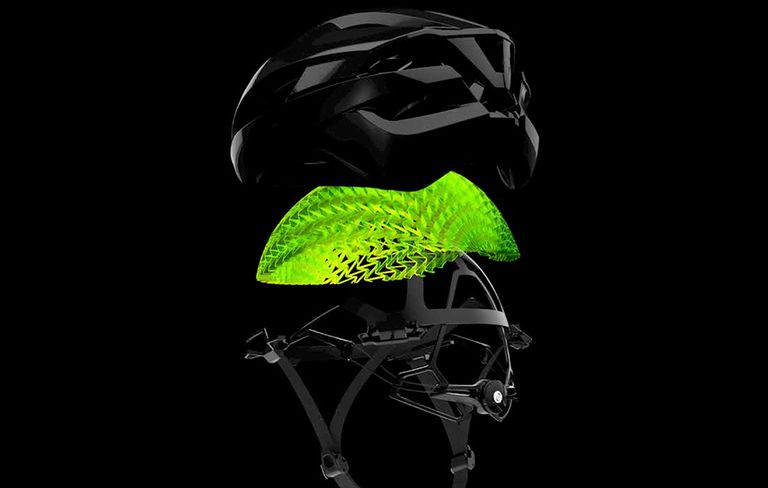
Bontrager also claims that a rider is 48 times less likely to get a concussion wearing a Wavecell helmet than they are wearing a standard foam helmet. Those are massive claims, especially since helmet manufacturers that use MIPS are reluctant to even say that tech can prevent concussions at all.
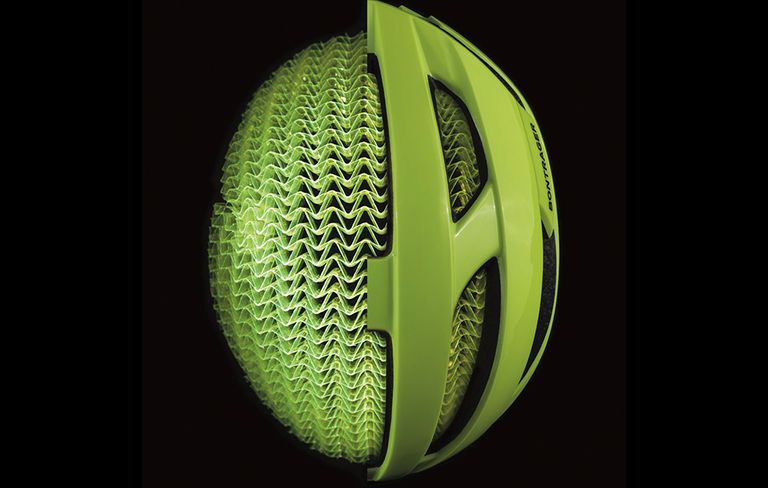
“The EPS and WaveCel work in concert,” said Bontrager marketing representative Sam Foos, “The EPS provides a boundary for the WaveCel to glide freely during an impact.” Moreover, Foos added that the two materials absorb energy differently, and the result is similar to using multiple destinies of foam.
“For radial impact forces, each cell has a transverse crease to support organized cell buckling. For oblique impact forces, cells can fold in shear direction and the structure can elastically deform in-plane to serve as a rotational suspension between the head and the outer helmet shell,” say the researchers.
Bontrager says that Wavecel alters the way air moves through a helmet in a way that improves ventilation compared to a standard helmet.
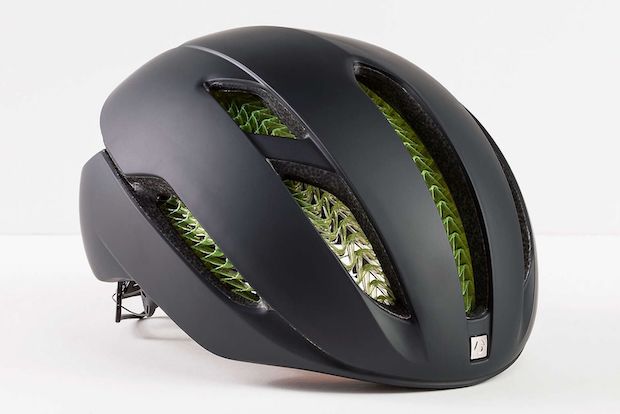
Wavecel does add weight, around 53 grams according to Bontrager, compared to a standard foam helmet.
Bontrager offers the Wavecel in four models, the range-topping Blaze in both a road and MTB version at $300, the Specter at $150 and the Charge commuter helmet also at $150.


